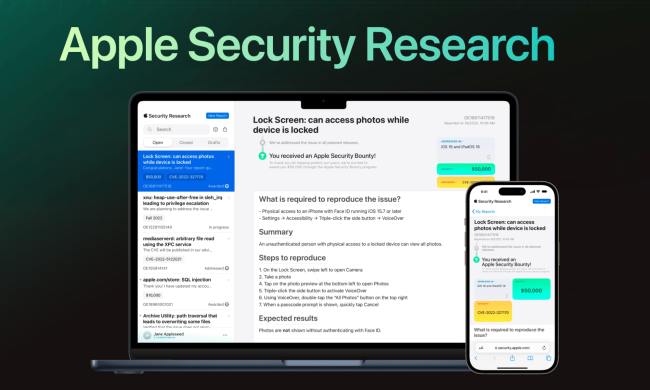
(in)Secure is a weekly column that dives into the rapidly escalating topic of cybersecurity.
Of all browsers, Firefox has the longest history of keeping security at the front of its mind, both technically and philosophically. The browser’s parent company, Mozilla, is an active participant in many cyber-security initiatives. It filed suit against the FCC over net neutrality, eagerly adopted Do Not Track when it debuted, and has partnered with The Washington Post to improve online comments.

Recent events of the last year have put a new, intense spotlight on security and privacy, as nearly everyone has been impacted by security issue recently – be it a processor security flaw or the breach of a major company, like Equifax.
This week’s column is an interview with Dave Camp, Vice President of Engineering, Mozilla at Firefox. We visited Mozilla’s Portland, Oregon office to discuss looming security threats, such as the Meltdown and Spectre flaws that impact Intel processors, and Facebook’s privacy debacle.
Digital Trends: Recent problems like Meltdown and Ryzenfall have made it seem there’s a hoard of security issues lurking in every device. As a browser developer, how do you respond to a problem like that, one that impacts hardware at a very low level?
Dave Camp: The first thing we do is when we hear these things, we figure out what we can do to quickly mitigate the problem. So, when we first found out about Meltdown and Specter, for example, the quickest thing we were able to do is just change the resolution of our timers so that it was harder for attackers to take advantage of that.
Browsers are in a unique position. We have to be the first line of defense.
Then we work with other browser vendors, we find fixes, we do our best to work around it, and we encourage users to upgrade – though with Spectre, that’s not always possible. We do our best to work with security researchers and other browser vendors to find fixes and roll them out quickly.
Browsers are in a unique position because it is our job to take untrusted code and run it on your machine. And so, a lot of times we have to be the first line of defense. Even if it’s the hardware vendor’s responsibility, we have a responsibility to our users to do what we can to mitigate these attacks.
Today, Mozilla’s Firefox launched a new Facebook Container add-on to prevent social media tracking, which I thought was an interesting development. From an engineering perspective, how does an add-on like that function?
Firefox’s had a feature in our engine for a while called Firefox containers. What the containers do is they isolate things like cookies and sessions to a specific tab on a specific site. So, when you install a Facebook container it makes sure that any time you visit Facebook.com, it’s setting up new sessions and setting up new cookies.
It’s not sharing those cookies with other tabs. So, let’s say you navigate away from Facebook over to Food.com. If Food.com loads a Facebook plus one button, typically Facebook sees that cookie, can tie it to your login on Facebook, and can track you that way. Because this container scopes that down to just Facebook.com, when you go to Food.com and see a plus one button on Facebook, it doesn’t see that you’re logged in. It tries to keep separate applications separate so that they can’t see each other and prevent Facebook from getting information from that site.
Is the container feature core to Firefox, or something only enabled by this add-on?
The browser has this functionality that’s not exposed to users. We’ve been trying different ways to expose it. Another add-on that’s just called Firefox containers lets you configure all this and figure out how you want to set up your containers.
Facebook is a particular point of interest right now
Facebook is a particular point of interest right now, so we built this add-on out and customized it to Facebook so users know how to interact with it.
The core containers add-on that we’ve already published is pretty advanced and takes an understanding of what you want to do, so we just released this one that’s easy for Facebook.
Editor’s note: Firefox pointed us to a blog post that explains the feature in-depth.
How does Quantum fit into your efforts? On a performance level, it’s built for better use of multiple cores – but what does it do for security and privacy?
Firefox Quantum really represented this rethinking of how we build the browser and how we pay attention to performance. We don’t typically use the Quantum project as a release of security features, but we do have a security roadmap that runs alongside the Quantum project.

The major piece we have there is content process sandboxing. We kind of work with the operating system to say “this is not trusted,” so the OS can try and prevent the browser from compromising the system. It’s an extra layer of security around the security we’re trying to do within the browser.
As we work through our security program with the next year, we’re working to tighten up our sandbox to find more ways to get the operating system to help us be secure.
What do you think is the next major security issue that browser developers should, as a community, take on?
I think all browsers are going to have to spend significant time understanding the Spectre vulnerabilities. That is going to take a lot of work, and we spend a lot of time understanding how it works, and all the implications of it.
This interview has been edited and condensed for clarity.


